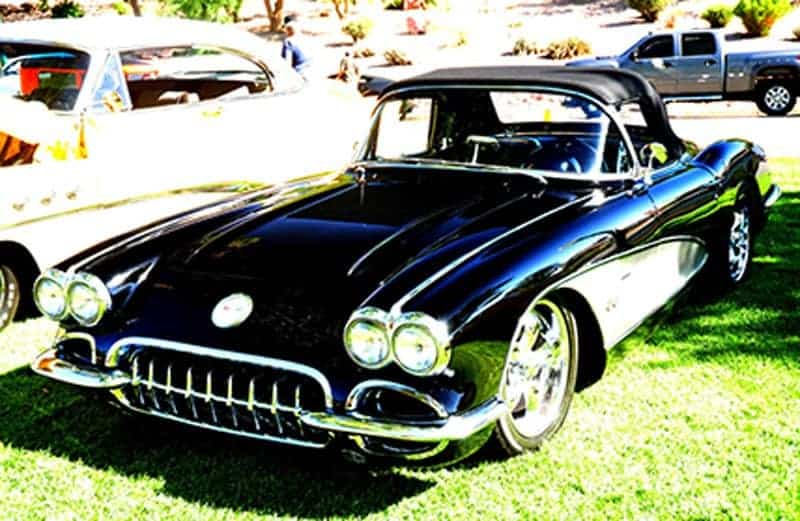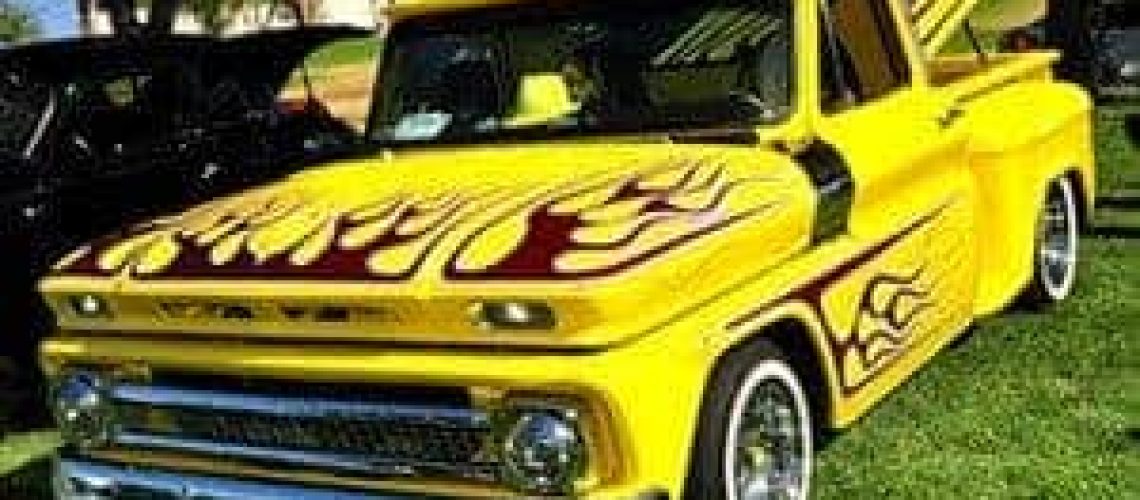Great-looking custom hot rods come from excellent custom hot rods parts and a great custom hot rods paint job. Hells Gate Hot Rods specializes in helping DIY hot rodders build custom hot rods.
This is done by providing many of those really hard to find engine or body parts that aren’t common and are difficult to find. Take a look at our selection of parts for custom hot rods. Hells Gate Hot Rods has a great product line based on the quality and ease to find that is driven by passion to create unique parts for custom hot rods. Plus, if you have a specific part to request — they’ll get it done! You’ll save time and money by ordering exactly what you need for your custom hot rods. In addition, Hells Gate Hot Rods is proud to offer these additional services: custom part engineering, design and manufacturing; fabrication and TIG/MIG welding; hot rod and custom car building; and small production runs for your own company’s product line.
Tips For Your Paint Job
Along with these parts, a beautiful hot rod needs a beautiful paint job. Follow these tips from Hot Rod Network and you’ll be proud of your great-looking completed project.
- Guidecoats: A guide coat is a thin mist coat of paint over primer that will help you to see exactly what you are doing. How does it help? By allowing you to see the high and low points on the surface you are painting. This way you can tell where sanding is still necessary and avoid doing any over-sanding. A guide coat is easy to apply. With a light colored primer, use a mixture of black basecoat and reducer (use a ratio of 4-1 of reducer to basecoat). With a dark primer, use a light basecoat following the same 4-1 formula.
- Grit: Using the correct grit of sandpaper is more important than you might think. Don’t try to extend the life out of your sandpaper because it can actually create more work for you. When sandpaper gets worn out it will smooth over the high spots when what you really want is to cut them flat. (Anything over 150-grit won’t do a good job of cutting through a bump on the surface.) You can use harsh grit sandpaper to get the surface smooth. Typically, you can start with 80-grit to get the surface primed. Then move to 120 for the next round. If you aren’t sure, go down a grit. After your surface is nice and flat, you can begins working on small imperfections. Level the surface first and go from there.
- Body check: You can do a body check for unevenness on any surface. Here’s how. After you have sanded the primer, spray a wet coat of wax and grease remover over the surface and sight down the length of the car. You will be able to see every bit of waviness. Do this to check all surfaces before applying the basecoat.
- Sealer: Some people take a shortcut here and save money by not using sealer. Don’t do this. Sealer helps in many ways. For example, it helps smooth scratches and cover bare metal. It is important to use sealer that is suited for your basecoat.
- Technical sheet: You should get a technical sheet with any product you purchase. Read it and hang onto it. This sheet should have the information to answer just about any question you have. For example, how it should be applied or how much time between coats.
- Paint test: Use test panels before applying your paint. You can use these to make sure you have exactly the right color and to learn how to best apply it. If you make a mistake, do it during a test and once you have it right — apply it for real.
- Wear a suit: Disposable hooded paint suits are good for a couple reasons. It will stop the dirt that can come from the painter from getting into the paint. It will also help keep the paint from getting on your clothes.
- Spray pattern test: Don’t just pick your paint gun and start shooting. Make sure you’ve got the right pattern. There are four parts to using the proper technique — gun angle, speed, path and distance. Check and adjust your pattern to avoid before problems show up on the surface of the car.
- Turn up the lights: This is pretty obvious, but make sure that you have enough lighting to easily see what you are working on. A portable LED light may just do the trick.
- Take a step back: Sometimes the best thing to do is just step back and take a look from a different angle. Take it out of the shop so you have plenty of space at all angles. You might see something you didn’t notice before.

Contact Hells Gate Hot Rods today to get what you need for your custom hot rods!






